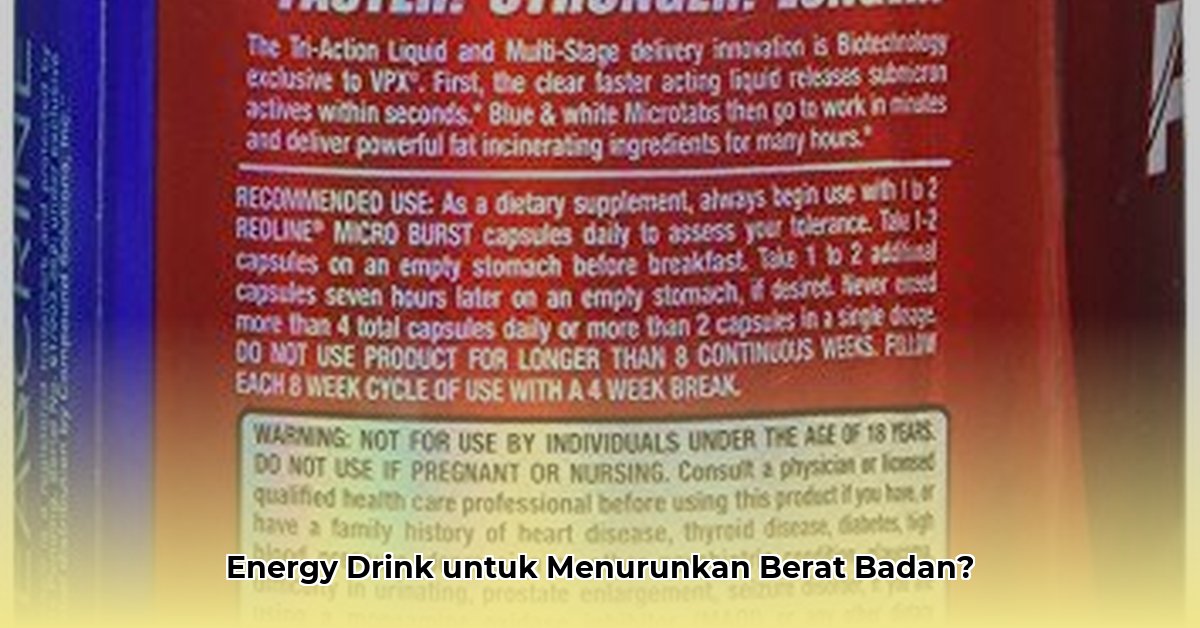
Redline, a popular energy drink, has gained attention for its purported ability to aid in weight loss. However, before you reach for a can, it’s essential to understand the science behind Redline and its potential impact on your health.
Redline’s Weight Loss Claims
Redline derives its weight loss claims from an ingredient called evodiamine. This alkaloid may stimulate the body’s natural fat-burning process, leading to increased calorie expenditure. Additionally, Redline is calorie-free, reducing the risk of weight gain from its consumption.
Potential Benefits for Weight Loss
- Enhanced Fat Metabolism: Evodiamine may trigger the body’s fat-burning response, potentially aiding in weight loss.
- Appetite Suppression: The caffeine in Redline can temporarily suppress appetite, potentially reducing calorie intake.
Cautions and Potential Risks
While Redline may offer some benefits, it’s important to be aware of potential risks:
- Increased Heart Rate and Anxiety: Redline contains high levels of caffeine, which can lead to a rapid heart rate and feelings of anxiety.
- Gastrointestinal Issues: Some individuals may experience nausea or gastrointestinal discomfort after consuming Redline.
- Seizures: In rare cases, excessive consumption of Redline can trigger seizures.
- Drug Interactions: Redline may interact with certain medications, including blood thinners and antidepressants.
- Long-Term Effects: The long-term effects of Redline on weight loss are not fully understood.
Using Redline Safely
If you consider using Redline for weight loss, take these precautions:
- Consult a Doctor: Consult a healthcare professional before consuming Redline, especially if you have underlying health conditions.
- Moderate Consumption: Avoid excessive consumption of Redline and limit intake to one can per day.
- Lifestyle Modifications: Combine Redline with a balanced diet and regular physical activity for sustainable weight loss outcomes.
Alternative Approaches
While Redline may provide temporary weight loss benefits, there are more sustainable and healthier approaches:
- Dietary Changes: Adjust your diet to include whole, unprocessed foods and limit calorie intake.
- Exercise: Engage in regular physical activity to increase energy expenditure and promote calorie burn.
- Professional Guidance: Seek advice from a registered dietitian or other qualified healthcare professional for personalized guidance on weight loss.
Conclusion
Redline’s potential for weight loss is still debated, and its risks must be carefully considered before using it. Weighing the pros and cons is crucial. Remember that safe and effective weight loss strategies prioritize dietary modifications, exercise, and professional guidance.